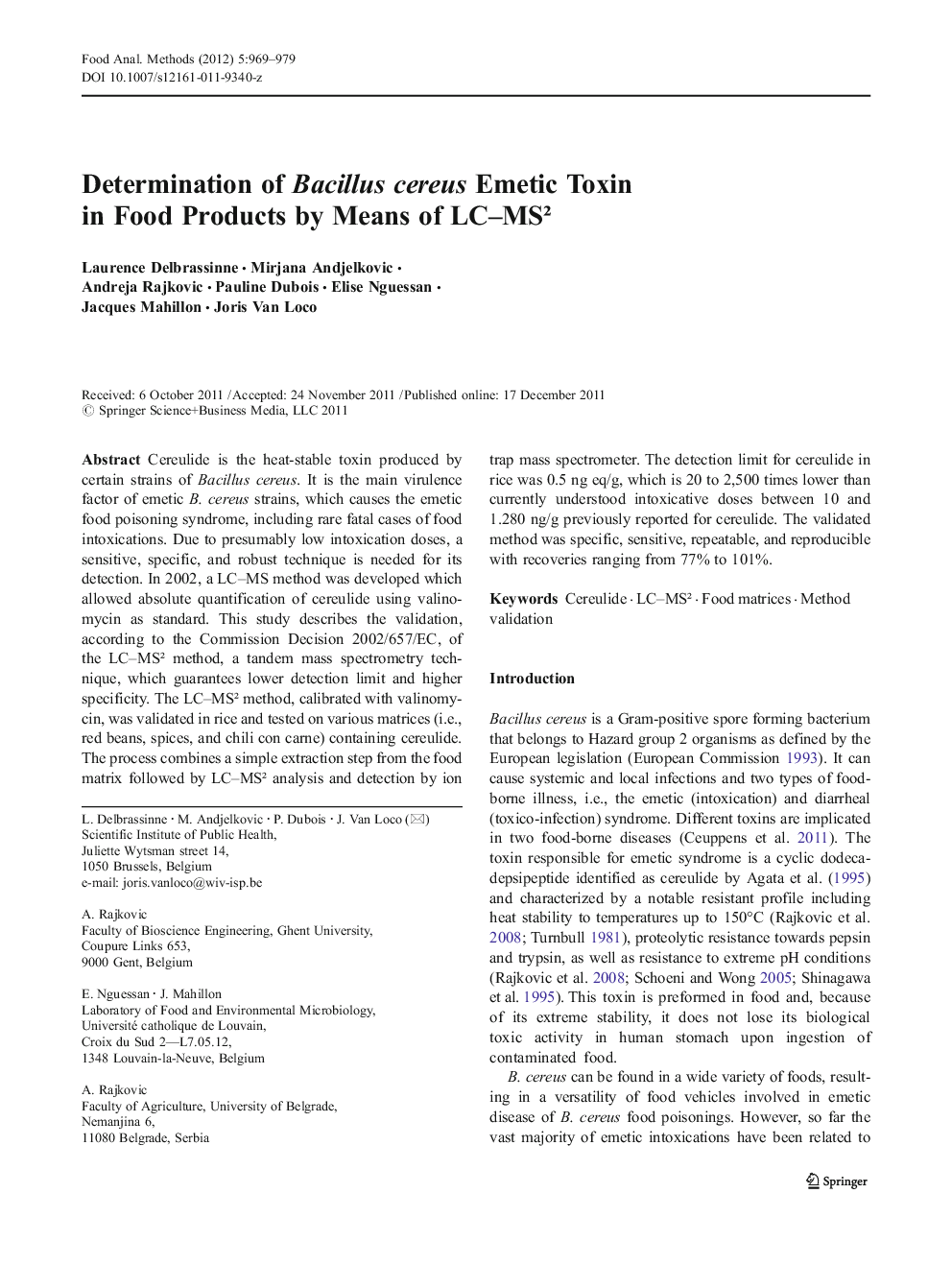| Article ID | Journal | Published Year | Pages | File Type |
|---|---|---|---|---|
| 3419715 | Revue de Pneumologie Clinique | 2013 | 11 Pages |
Abstract
Congenital cystic adenomatoid malformations (CCAM) of the lung are the most frequent congenital lung malformations. Their diagnosis is based on histological features. CCAM consist of bronchopulmonary cystic lesions which are classified according to the presence and cysts size. Type I CCAM are composed of large cysts (>Â 2Â cm) lined by a columnar pseudostratified epithelium. Type II CCAM contain multiple small cystic lesions (<Â 1Â cm) lined by a flattened cuboidal epithelium. Type III CCAM are more solid and contain immature structures resembling the pseudoglandular stage of lung development. Ultrasonography (US) allows early detection during the second trimester of pregnancy as cystic, and/or hyperechoic fetal lung lesions. Although most CCAM remain asymptomatic, CCAM can cause polyhydramnios or fetal hydrops, respiratory distress at birth, infections and pneumothoraces during infancy, and may give rise to malignancies. Serial US allow detection of complications, and planification of delivery. Complicated forms require an urgent treatment. In fetuses with a macrocystic life-threatening lesion, a thoraco-amniotic shunt can be placed. Microcystic compressive forms may respond to prenatal steroids. Post-natal symptomatic lesions require early surgery. The treatment of asymptomatic forms remains controversial. Some recommend a non-operative approach with a long-term clinical and radiological following, whereas other favour a preventive surgical excision. The origin of CCAM remains unknown. Recent advances suggest a transient and focal abnormality in lung development which may result from an airway obstruction. This article reviews the diagnosis, treatment, and pathophysiology of CCAM.
Related Topics
Health Sciences
Medicine and Dentistry
Infectious Diseases
Authors
G. Lezmi, A. Hadchouel, N. Khen-Dunlop, S. Vibhushan, A. Benachi, C. Delacourt,
